Name Marcus Sarjeant | ||
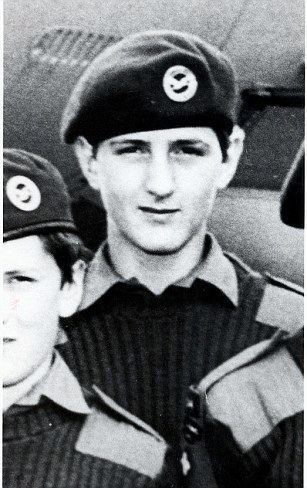 | ||
Full Name Marcus Simon Sarjeant Known for 1981 Trooping the Colour ceremony incident Born 1964 (age 57–58) Dover, Kent, England Similar Elizabeth II , Mark David Chapman , John Lennon | ||
Marcus Simon Sarjeant (born 1964) is a Briton who fired six blank shots at Queen Elizabeth II as she rode down The Mall to the Trooping the Colour ceremony in 1981.
Contents
- Ex cadet shoots at the Queen during Trooping the Colour parade June 13 1981
- Background
- Trooping the Colour incident
- Investigation
- Trial
- Release
- References

Ex cadet shoots at the Queen during Trooping the Colour parade June 13, 1981
Background
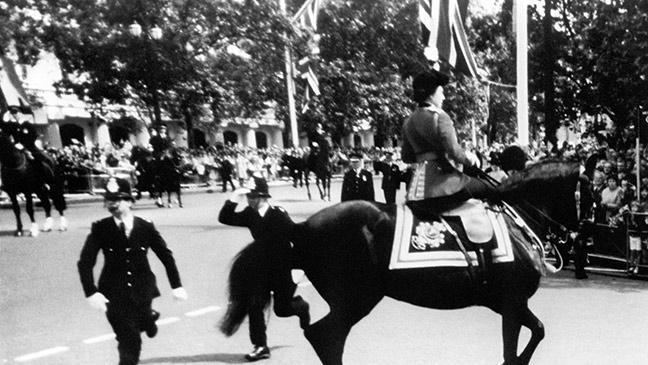
Sarjeant, who was from Capel-le-Ferne, near Folkestone, Kent, went to Astor Secondary School in Dover. He was a member of the Scouts, becoming local patrol leader before leaving to join the Air Training Corps in 1978. In the ATC, Sarjeant won a marksman's badge, and he owned an air rifle. After leaving school in May 1980 with seven CSE passes, Sarjeant applied to join the Royal Marines but could not accept the discipline and left after three months, claiming that officers bullied him. He also tried to join the Army but stayed only for two days of an induction course.

After failed applications to join the police and the fire service, he worked at a zoo and at an arts centre in Folkestone. Under the Youth Training Scheme he worked at a youth centre in Hawkinge. Friends reported that Sarjeant joined the Anti-Royalist Movement in October 1980. At the time of the incident at the Trooping the Colour, he was unemployed and living with his mother, while his father was working abroad.

He tried unsuccessfully to find ammunition for his father's .455 Webley revolver, and to get a gun licence of his own, he joined a local gun club. Through mail order he paid £66.90 for two blank-firing replica Colt Python revolvers. In the run-up to the annual Trooping the Colour ceremony, Sarjeant sent letters to two magazines, one of which included a picture of him with his father's gun. He also sent a letter to Buckingham Palace which read "Your Majesty. Don't go to the Trooping the Colour ceremony because there is an assassin set up to kill you, waiting just outside the palace". The letter arrived on 16 June, three days after the ceremony.
Trooping the Colour incident

On 13 June 1981, Sarjeant joined the crowds for Trooping the Colour, finding a spot near the junction between The Mall and Horseguards Avenue. When the Queen came past riding her 19-year-old horse Burmese, Sarjeant quickly fired six blanks from his starting revolver. The horse was momentarily startled but the Queen brought her under control; she was unharmed. Nearby service personnel quickly reacted and subdued Sarjeant, who told them "I wanted to be famous. I wanted to be a somebody". Corporal Galloway, who was closest to Sarjeant, grabbed him by the hair, and pulled him over the crowd control barriers, before wrestling him to the ground with the assistance of Heasman, and disarming him.
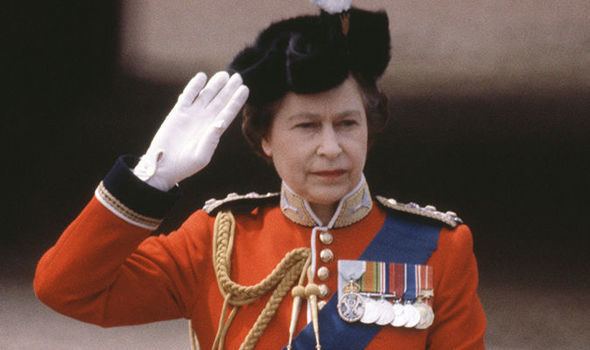
The incident happened fifteen minutes after the Queen's departure from Buckingham Palace. Immediately the Sovereign's Escort was ordered by the Gold Stick-in-Waiting to "close up" around Her Majesty. The Queen continued to Horse Guards Parade.
Investigation
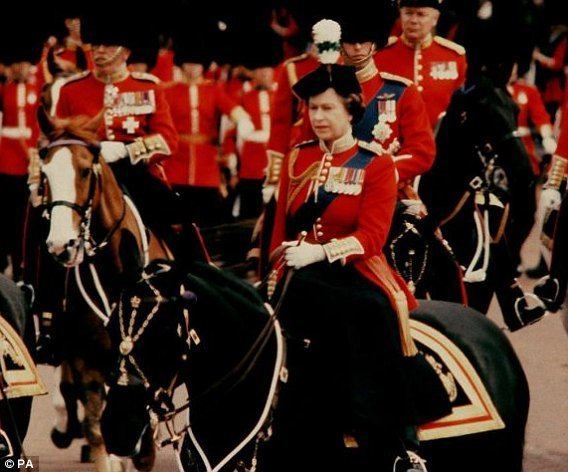
In questioning, Sarjeant said he had been inspired by the assassination of John Lennon in December 1980, and the attempts on the lives of Ronald Reagan and Pope John Paul II. In particular he noted the ease with which Mark David Chapman had become famous after killing Lennon. A friend said that at the time of John Hinckley, Jr.'s attempt on the life of President Reagan, Sarjeant had said "I would like to be the first one to take a pot shot at the Queen". The police found that Sarjeant had written "I am going to stun and mystify the world. I will become the most famous teenager in the world." Investigations by psychiatrists found that Sarjeant did not have any abnormalities within the Mental Health Act 1983.
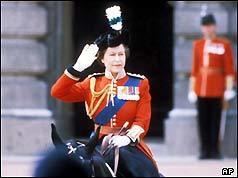
Trial
Sarjeant became the first person since 1966 to be prosecuted under the Treason Act 1842, and was brought to trial before the Lord Chief Justice, Lord Lane, on 14 September 1981. He was found guilty of an offence under Section Two of the Treason Act in that he "wilfully discharged at or near Her Majesty the Queen a gun with the intent to alarm or distress Her Majesty." Sarjeant had pleaded guilty, and Lord Lane, in sentencing him to five years' imprisonment, said that "the public sense of outrage must be marked. You must be punished for the wicked thing you did". Sarjeant appealed against the length of the sentence but the appeal was refused.
Release
After three years in jail which were mostly spent at Grendon Psychiatric Prison, Sarjeant was released in October 1984 at the age of 20. He changed his name and began a new life.
